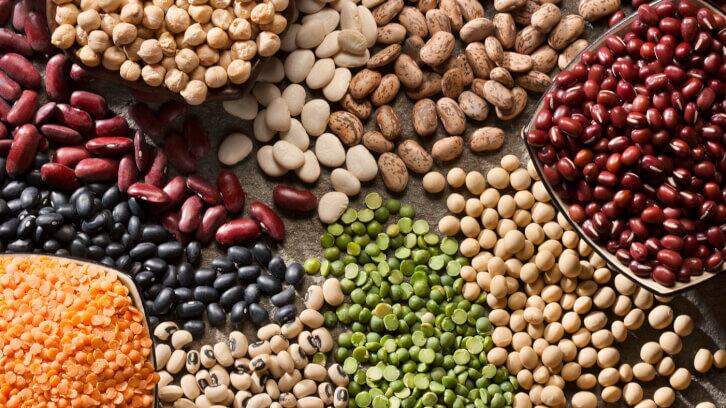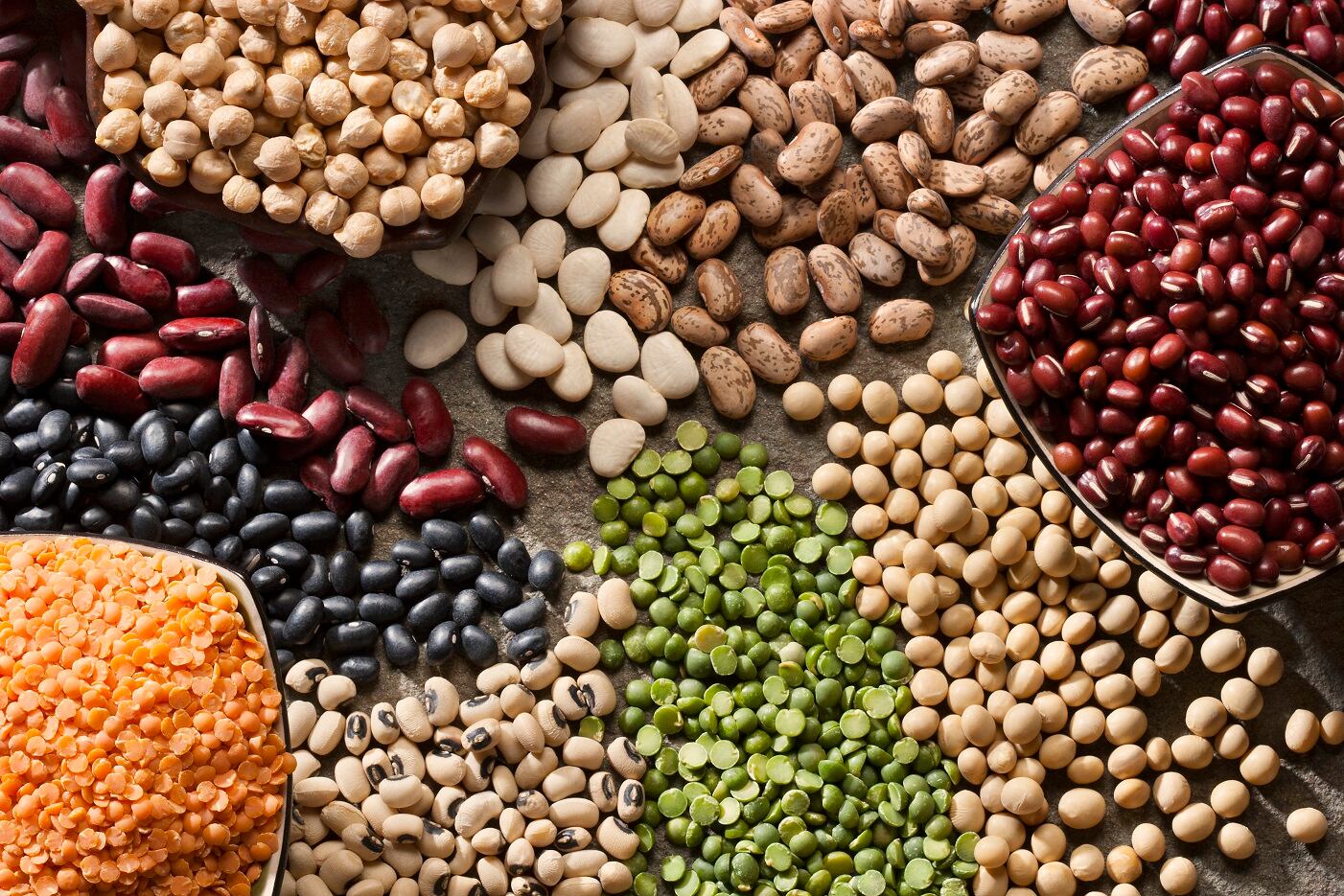Writing in Scientific Reports, Florida-based scientists noted that RS from lentils and chickpeas can boost butyrate production in old mice carrying a human microbiome, while inulin – one of the most well-researched prebiotic fibers on the market – boosted proprionate levels.
Butyrate and propionate are both Short Chain Fatty Acids (SCFA) - metabolites crucial to metabolic health and the maintenance of gut and immune homeostasis.
In addition, RS from lentils and chickpeas were found to suppress the conversion of choline to trimethylamine (TMA) a gut microbiota-derived metabolite that may increase the risk of heart diseases.
“To our knowledge, this study is the first to report on the specific modulations induced by resistant starches from various dietary pulses in the gut metabolome and microbiome-metabolome interactions within ageing gut milieus,” wrote researchers from Florida State University and Florida Institute of Technology.
Resistant starches
RS is undigested in the upper intestine but is fermented but gut microbes in the large intestine, and therefore acts a prebiotic.
While there are 200+ human clinical trials using resistant starch to address digestibility, immune health, insulin and glycemic response, colonic health and fermentation, satiety and weight management, most have focused on maize, potato, acorn, and sago-derived RS. Data for pulse-derived RS is limited.
New data
The new study involved old mice carrying a human microbiome eating a western-style diet for 20 weeks and randomly divided into six groups: One group received no supplementation and acted as the control and another group received inulin. The other four groups received resistant starch from pinto beans (PTB), black-eyed-peas (BEP), lentils (LEN), or chickpeas (CKP).
Using NMR spectroscopy-based untargeted metabolomic analysis, the researchers reported that there were differences in specific metabolites among different RS groups. Specifically, LEN and CKP increased butyrate, while inulin promoted propionate.
“This microbiota-driven metabolite abundance might be explained by the predominant Firmicutes in LEN, while Bacteroidota are dominant in inulin,” said the researchers.
Cholesterol and total bile acids were also significantly reduced in all of the groups, except the control group, said the researchers, with the greatest impact seen in the inulin group.
“The bile acids-binding capacity of RS could aid in weight management, glycemic index modulation, and cholesterol reduction,” stated the researchers.
“The distinct RS-specific metabolic outcomes generated by the gut microbiota reported in this study corroborate that even nuanced structural differences in RS may induce divergent gut microbiome-metabolomic signatures,” they added.
“Our study provides novel and valuable information on the mechanistic understanding of NMR-based metabolomic function of the gut microbiome in mitigating obesity-related disorders.”
Types of RS
RS1 and RS2 are not digestible due to their structure: starch is protected by either cell walls or by the granule and is not accessible to the intestinal enzyme.
For RS3 and RS4, starch is modified (cooking and cooling = retrogradation for RS3 and chemically for RS4) making it undigestible and resistant to the attack of intestinal enzymes.
RS5 is a specific complex with starch and lipid, thus preventing granule dissolution during cooking.
Source: Scientific Reports
2023, 13, 10566, doi: 10.1038/s41598-023-37036-w
“Resistant starches from dietary pulses modulate the gut metabolome in association with microbiome in a humanized murine model of ageing”
Authors: S. Kadyan, et al.




